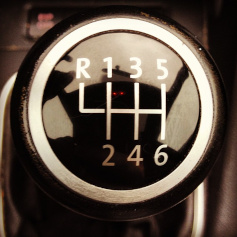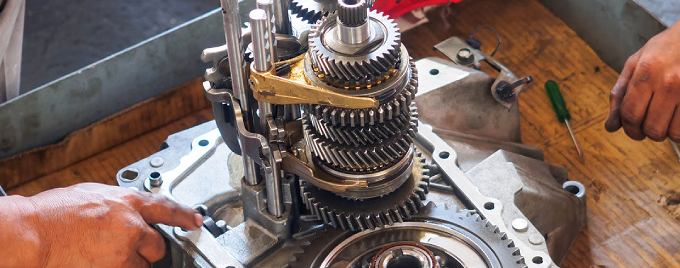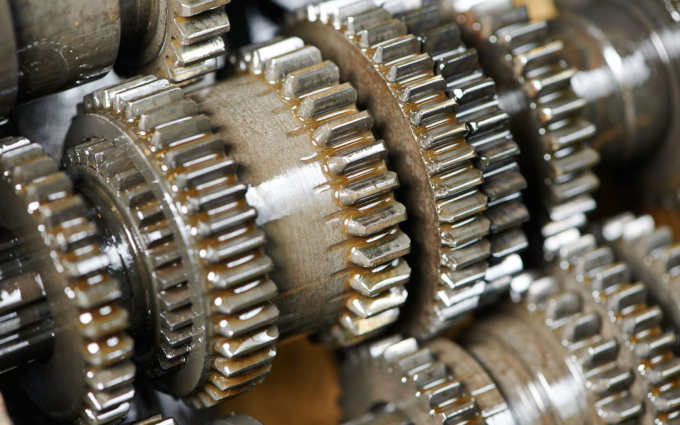Transmission slipping is a great concern for any type of car, although automatic transmission vehicles suffer the most. It’s part of the many issues you could experience with an automatic transmission vehicle, that start small, and quickly worsen overtime to high proportions.
Without a properly working transmission, you won’t be pulling out of your driveway anytime soon. Unfortunately, there are a lot of problems your vehicle will experience with a slipping clutch. Fortunately for you, AAMCO Bay Area is a leader when it comes to transmission issues, repair and maintenance in the Bay area, and for a good reason. We have years of experience diagnosing, researching, repairing, servicing, and maintaining all types of transmission systems in the region. We also work with the best technicians and use state of the art equipment.
It’s important to note that slipping doesn’t necessarily mean you need to budget for a transmission replacement. Automatic transmission slipping could be due to several solvable reasons. In a manual transmission car, the concern is obvious; a slipping transmission is almost always due to a worn-out clutch.
Related: 5 Signs Of A Dying Transmission
Related: Car Battery & Stater Services

What Does Transmission Slipping Mean?
Transmission slipping typically occurs when your vehicle’s engine revs, but there is no acceleration during driving. It usually means that the power produced by the engine does not get to the wheels. In most cases, this is generally caused by low-level fluid in automatic transmission vehicles and a worn-out clutch in manual transmission vehicles.
How Do I Know My Transmission Is Slipping?
If you are still new to owning cars, you might not recognize a slipping clutch— don’t beat yourself up. In case you are unsure of how a slipping clutch feels like, the following could assist:
- Your rpm goes over 3,500
- Your check engine light is illuminates
- There’s a distinct burning smell
- You experience delays during acceleration
- Your reverse gear doesn’t engage
- Strange noises when you shift
Any of these signs could mean your transmission is slipping, but could also point to a range of problems that are not limited to transmission slipping. They all need maintenance; therefore, the moment you notice any of these signs, contact, or visit your local AAMCO Bay Area center and have your mechanic inspect your transmission.
Why Is My Transmission Slipping?
As a car owner, you need to always be on the lookout for potential signs of transmission problems that may or may not include slipping. There are several reasons why your transmission could be slipping; the following are the most common causes.
Low Level or Leaking Transmission Fluid
The moment you notice red or pink fluid on your driveway or underneath your vehicle, inspect where it’s coming from. Chances are there is a leak from a gasket, seal, or cooler line. It could potentially damage your transmission if not addressed in due time. Check your transmission fluid with the dipstick. If it is below the required amount, contact your mechanic immediately.
Burnt Transmission Fluid
How do you find out if your transmission fluid is burnt? Well, it’s quite easy. Burnt transmission fluid turns black and smells like burnt toast. Transmission fluid changes color to black or smells burnt due to overheating. The best solution is to change your transmission fluid and check your engine and gearbox for damage.

Worn out Clutch
When your manual transmission slips, 99 percent of the time, it is due to a worn-out clutch. Over extensive use, the clutch will wear thin and won’t be able to run as required. Ideally, your clutch needs to run anywhere from 20,000 to 200,000 miles before replacement. A rule of thumb is to have your mechanic check your clutch after every 20k miles.
Faulty Solenoid
Your transmission solenoid works like a valve. It regulates the amount of fluid flowing across your car’s transmission. It works to ensure that all the components in your transmission system get the right amount of fluid to work effectively. In case the solenoid is broken, your transmission will experience irregular flow, which will either be more or less. If you are experiencing transmission slipping issues without a fluid leak, your solenoid could be faulty.
AAMCO Bay Area Transmission Service and Maintenance
At AAMCO Bay Area, we specialize in all transmission service and maintenance from transmission slipping, maintenance, transmission repair, and replacement. If your transmission is slipping, our mechanics will perform an inspection service to find out the root cause of your problem. After inspection, they will recommend the appropriate services to get your car back on the road with zero issues. We also offer a wide range of car care services, including brake system and suspension service, engine tune-up and maintenance, regular car care, factory recommended service, and many more.
If you suspect your vehicle’s transmission is slipping, contact AAMCO Bay Area or visit us immediately. Remember, the more you wait, the worse the damage and expenses on your car.

 Schedule Appointment
Schedule Appointment















